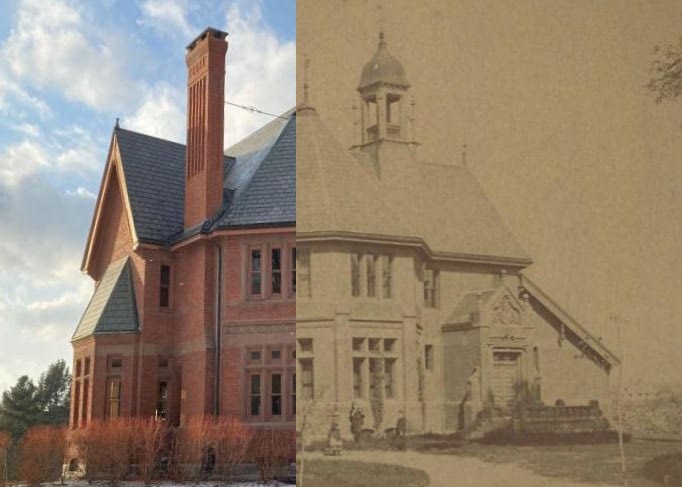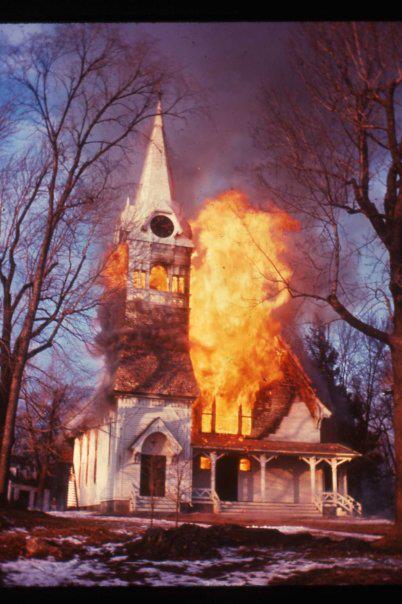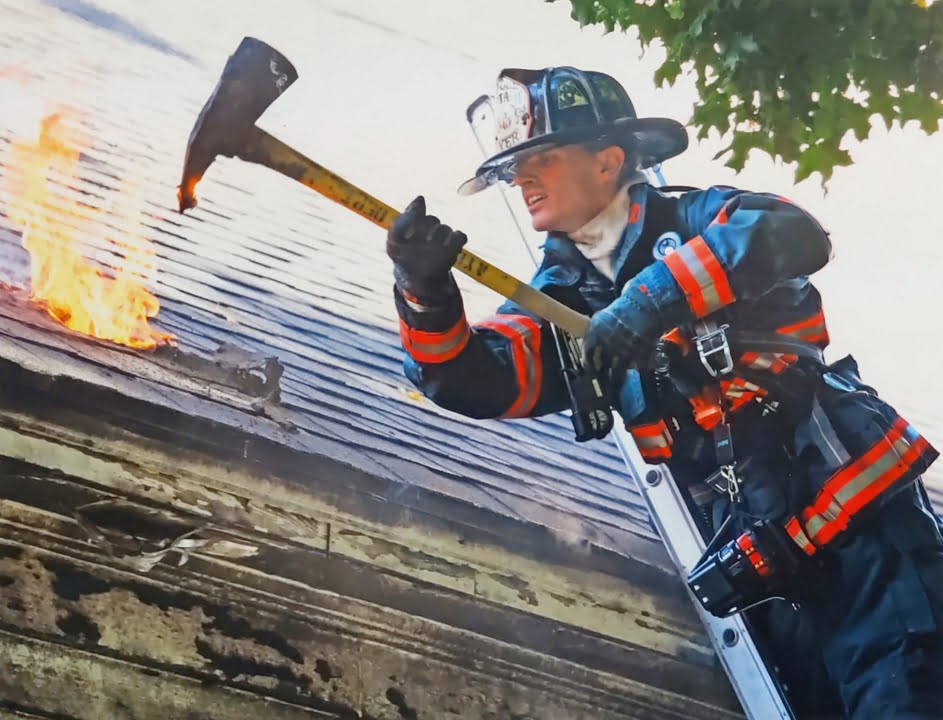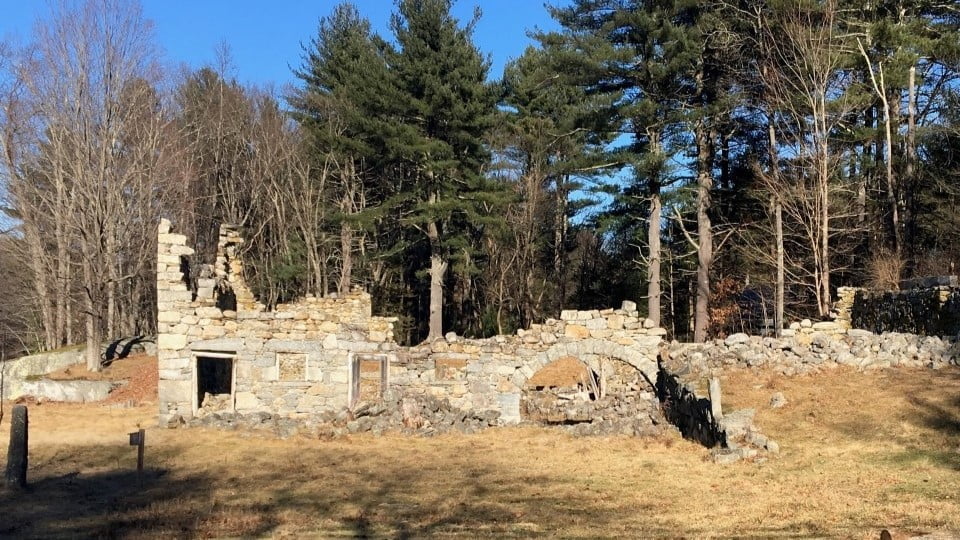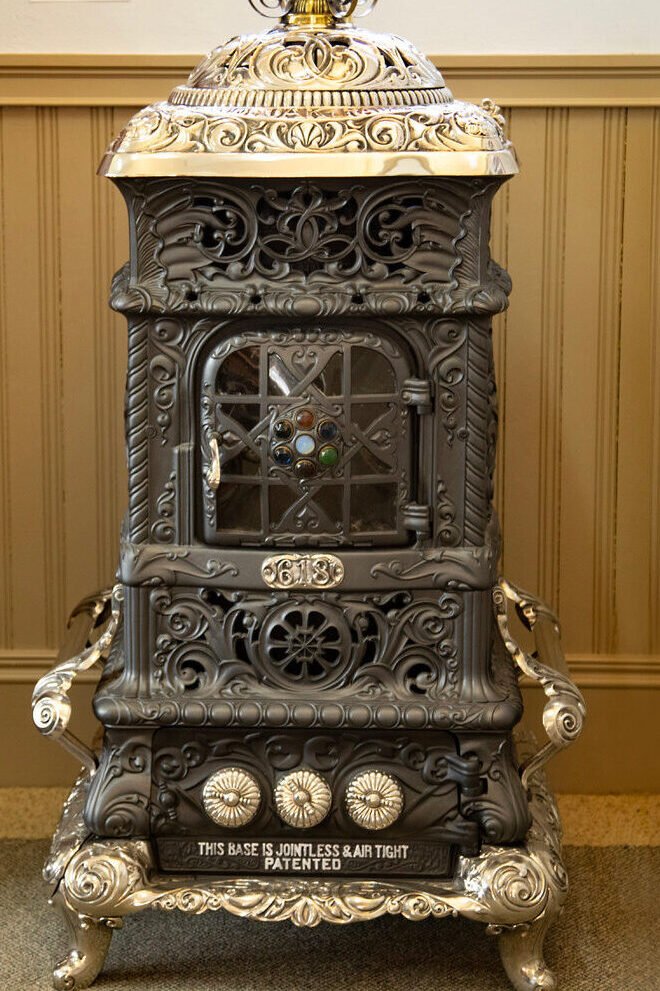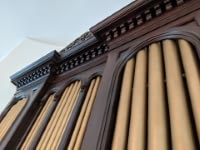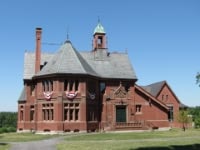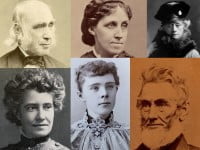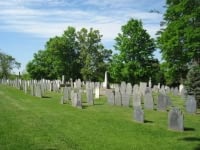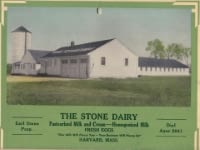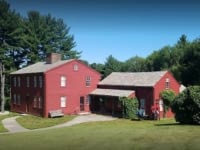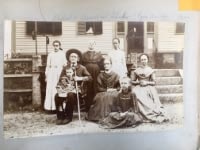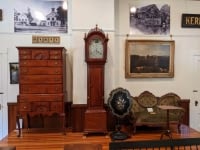Oak Ridge Observatory
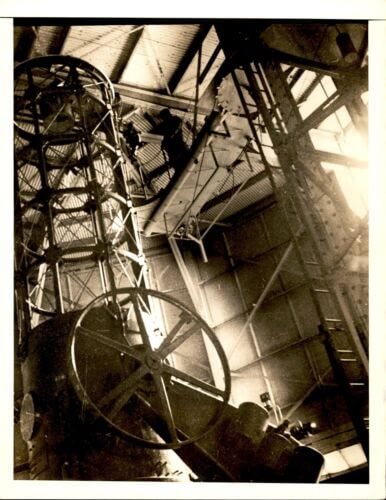 One of the most momentous events of the 20th century for the town of Harvard was the establishment of the Harvard University Oak Ridge Observatory, placing the town in the astronomical world and attracting visitors of high professional reputation from all over the world.
One of the most momentous events of the 20th century for the town of Harvard was the establishment of the Harvard University Oak Ridge Observatory, placing the town in the astronomical world and attracting visitors of high professional reputation from all over the world.
After considering many possible sites for this new observatory, Dr. Harlow Shapley, director of the observatory, announced in the fall of 1931 the gift of Rev. and Mrs. Alfred C. Fuller of a 35-acre tract of woodland that seemed particularly well adapted for the purpose. The site, Oak Ridge, is the highest elevation of land between Mt. Wachusett and the Atlantic seaboard and offers protection against road dust and artificial light. The conditions for telescopic observation are as ideal near Oak Ridge as it is possible to obtain in New England and probably anywhere in the east.
The cornerstone of the observatory was laid in 1932 by Sir Frank Dyson, president of the International Astronomical Union, in the presence of more than 200 of the world’s leading astronomers. Dyson stated on this occasion: “It will now be possible for the Harvard astronomers to photograph the stars and heavens in both hemispheres and give them a thorough knowledge of the general structure of the milky way.”
The telescope at Oak Ridge was one of the largest in the world It was build by Fecker of Pittsburgh, the eminent telescope maker, and transported to Fitchburg, occupying two flat cars and one boxcar in a freight train. Fitchburg was the nearest railway point to Harvard with an unloading crane.
The observatory officially closed in August 2005.
More related to Harvard buildings...
More related:



